

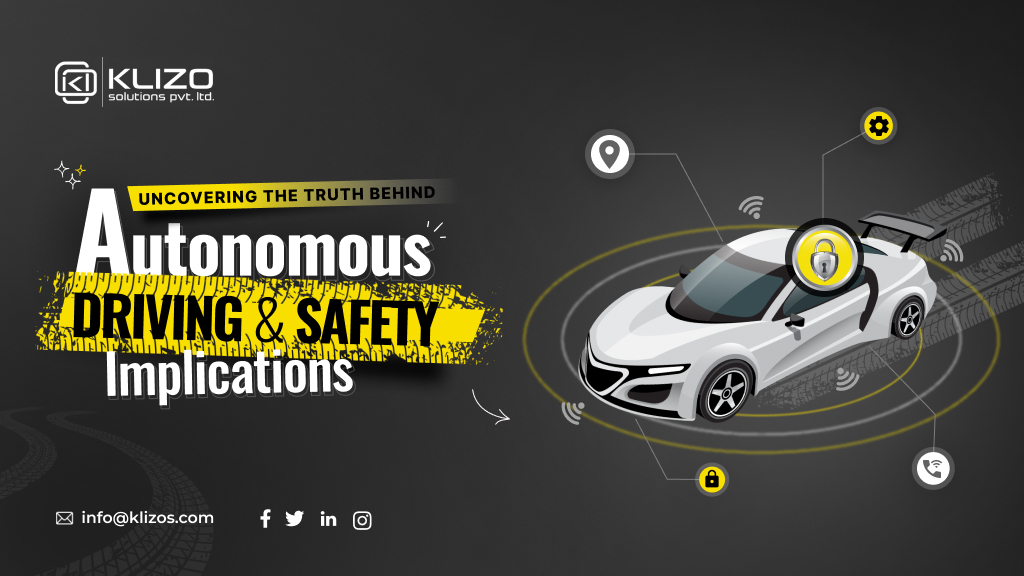
The passenger car market is changing, and autonomous cars are winning over this shift toward smart transportation! Driverless cars or autonomous cars are the future of the automotive industry!
Imagine a world where you can sit back and relax while your car drives itself to your destination. A world where you can enjoy the scenery, read a book, or chat with your friends without worrying about traffic safety, parking, or road hazards!
Thanks to automotive technology, this world is no longer an imaginary world but a reality where transportation is safer, more efficient, and more accessible for everyone.
In recent years, rapid development in autonomous driving technology has been observed, with many companies and countries investing heavily in research and innovation.
According to a reporter, autonomous driving is believed to create around $400 billion in revenue by 2035.
However, as exciting as this technology is, it also raises some crucial questions and challenges regarding autonomous driving & safety implications.
How safe autonomous vehicles or self-driving cars are compared to human-driven ones? What are the potential risks with autonomous driving systems? How can we ensure ethical and responsible decision-making by autonomous vehicles in complex and uncertain situations? How can we protect autonomous vehicles from cyberattacks and malicious interference? How can we establish legal and regulatory frameworks that balance safety and innovation?
This article sheds light on all these questions and more! Let’s jump in!
Autonomous driving systems enable vehicles to drive themselves without human intervention or supervision, helping human error reduction and accident prevention.
Using a combination of software, sensor technology, cameras, data, AI, and other technologies, autonomous vehicles sense the environment, plan the optimal route, and control the driverless vehicles’ speed, steering, braking, and carry out other functions.
The level of autonomy of a driving system depends on how much human input and control is required or expected.
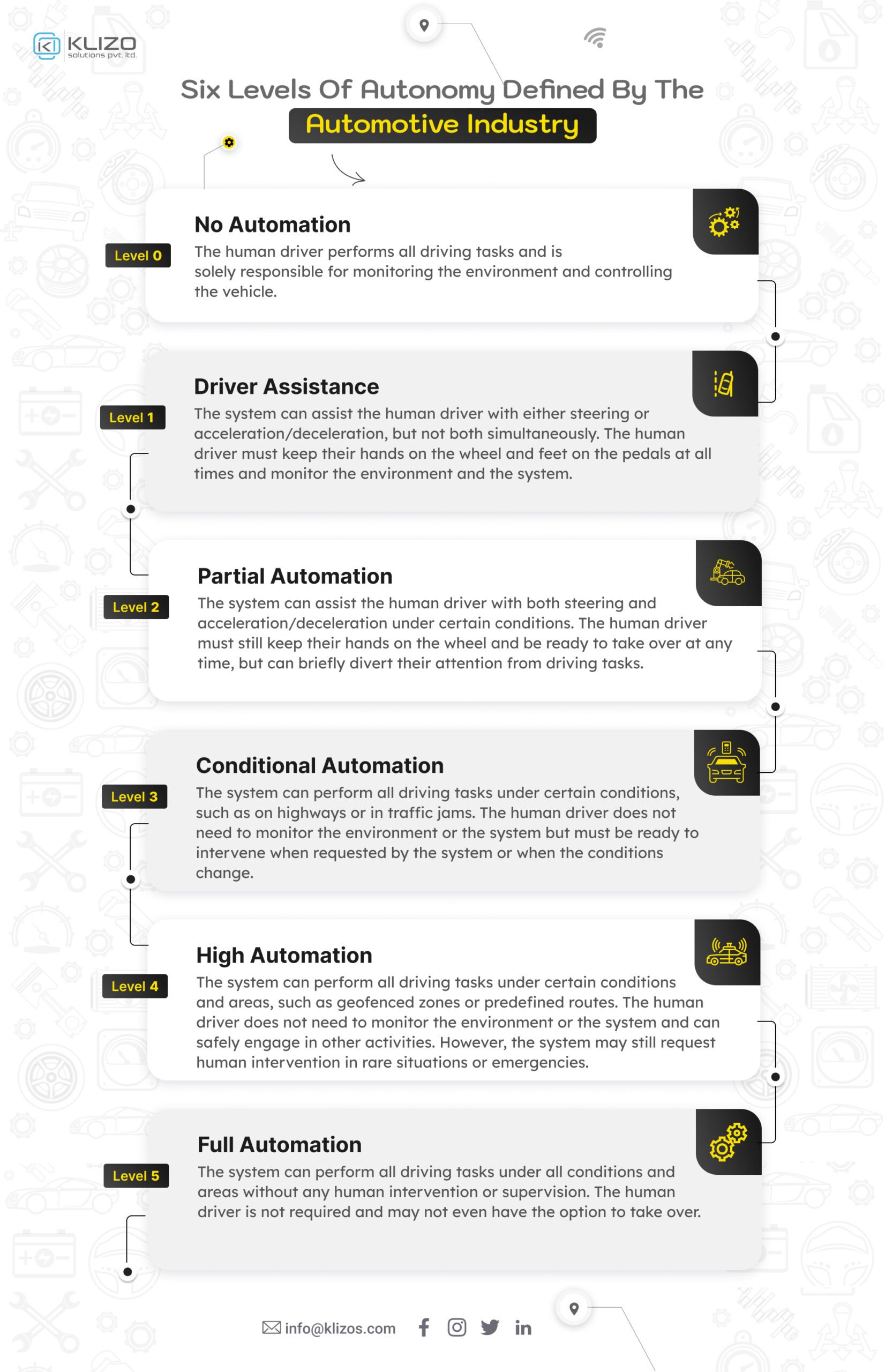
The key components and technologies involved in autonomous driving systems, the future of transportation, vary depending on the level of autonomy and the system design.
Autonomous driving systems are complex, continuously evolving, and require continuous research and development to improve their performance, safety, reliability, and scalability.
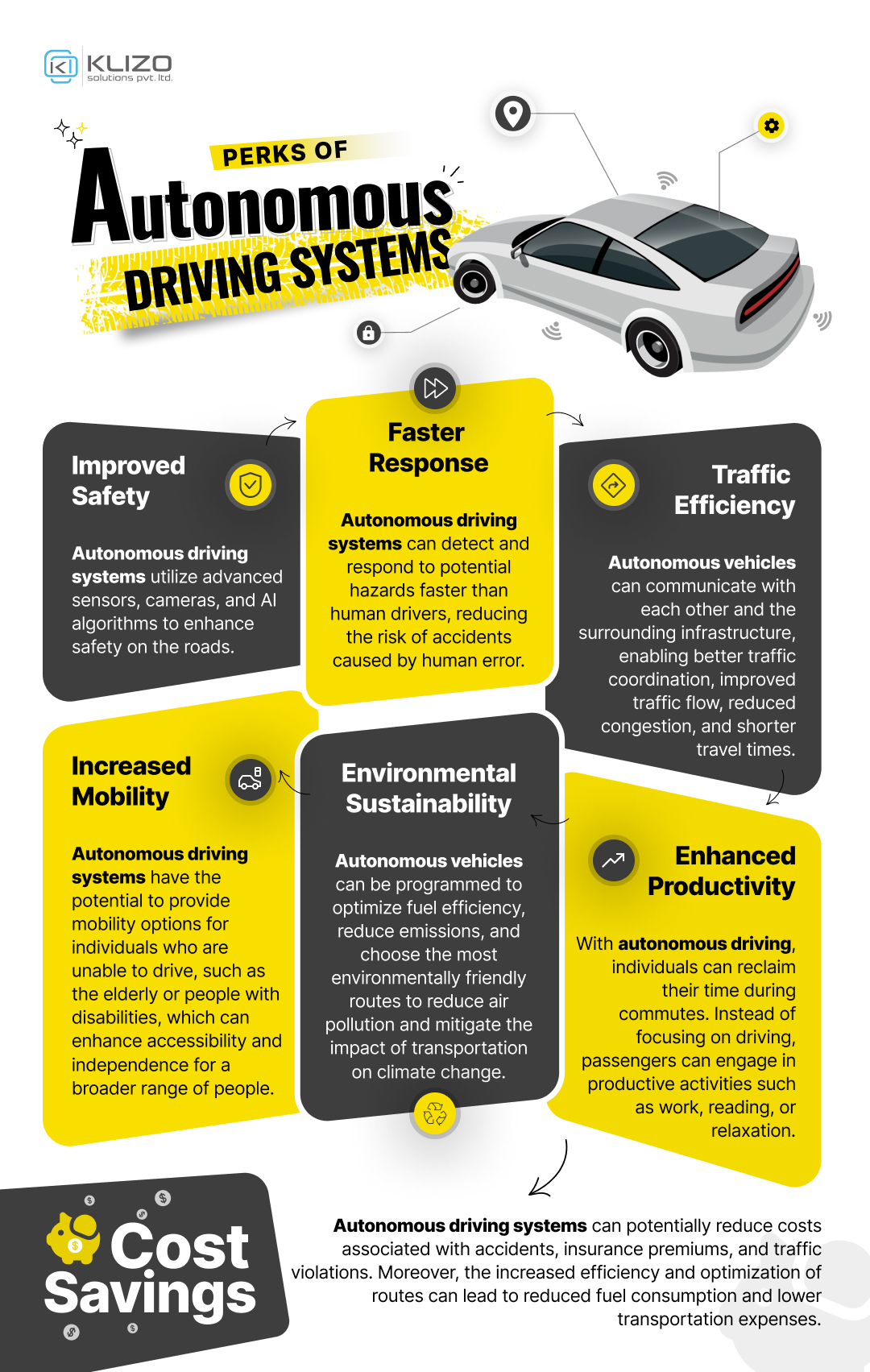
Autonomous driving technology can make driving safer, more convenient, and more enjoyable by using advanced sensors, software, and artificial intelligence to drive without human intervention.
Using Advanced Driver Assistance Systems (ADAS), designed to make driving easier and safer by monitoring, warning, and automatically controlling the car when needed, autonomous driving can help with accident prevention. These vehicles aim to achieve a zero-accident future by avoiding human errors, which are the main cause of most traffic accidents.
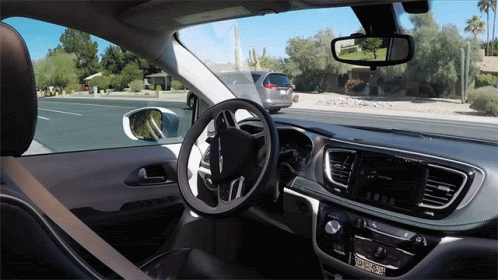
According to the Insurance Institute for Highway Safety, partially automotive technology such as forward collision and lane departure warning systems, side view assist, and adaptive headlights will potentially prevent or mitigate crashes, and the reduction in injuries and fatalities can be up to 33%2.
Fully autonomous vehicles, powered by a combination of software and a variety of sensors that eliminate the need for any passenger intervention in the driving process, are currently in testing across the country by Google, Uber, Tesla, Nissan, and numerous start-ups. A second U.S. State has recently approved Mercedes’ remarkable self-driving car technology.
While AVs offer many potential benefits, such as enhancing road safety, reducing traffic congestion, collision avoidance, improving mobility and accessibility, and saving energy and emissions, they also pose some significant safety challenges and concerns.
Yes, self-driving cars and driving systems sound awesome, but they also come with some serious safety issues. Here are some of them:
Tech Limitations
Autonomous driving systems are smart but not perfect. They can get confused or make mistakes when faced with tricky or unexpected situations on the road, like bad weather or sudden obstacles.
System Vulnerabilities
Autonomous driving systems use a lot of different technologies and communication, which can make them vulnerable to cyberattacks and hacking. And this could put the safety and control of the vehicle at risk.

Control Confusion
Sometimes, the autonomous system may need to hand over the control to the human driver or vice versa. It can be a safety problem if the driver is not ready or alert enough to take over or if the system is not clear or fast enough to give up.
Lack of Standardization
There is a need for consistent safety standards and regulations across different manufacturers and jurisdictions to ensure the safe deployment and operation of autonomous vehicles.
Legal Loopholes
Accidents can happen, even with autonomous vehicles. But who is to blame—the vehicle maker, the software developer, or the human driver? It can be a complex legal question that may not have a clear answer.
Trust Issues
Not everyone is comfortable with autonomous driving technology. Some people may have concerns about safety, privacy, or losing human control which may affect how willing they are to use or accept autonomous vehicles.
Ethical Dilemmas
Autonomous vehicles may have to make tough choices in situations where accidents cannot be avoided. How should the vehicle decide who to protect—the people inside or outside the vehicle? It is a moral dilemma that lacks a right or wrong answer.
Data Privacy and Security
Autonomous vehicles collect and use a lot of data, including personal information. Keeping this data private and secure is important for protecting users’ privacy and preventing misuse.

So you see, autonomous vehicles require careful consideration and collaboration among various stakeholders, such as policymakers, manufacturers, developers, researchers, consumers, and society at large. They also need ongoing research and development to improve their performance, reliability, and security to materialize smart transportation in real.
Autonomous cars and driving systems are amazing. But what we discussed above, they also have some safety issues that need to be addressed.
Luckily, there are some safety measures and mitigation strategies that are being undertaken to avoid or reduce the safety challenges and limitations of self-driving cars and driving systems. Some of these measures and strategies aim to enhance the performance, reliability, security, and scalability of autonomous driving technology. are:
These technologies help autonomous cars and driving systems to see and understand the environment around them better, such as other vehicles, pedestrians, road signs, traffic lights, obstacles, weather conditions, etc.
By using advanced sensors, such as cameras, radar systems, lidars, ultrasonic sensors, GPS receivers, inertial measurement units (IMUs), etc., and sophisticated software, such as artificial intelligence, computer vision, machine learning, deep learning, sensor fusion, etc., autonomous cars and driving systems can improve their perception accuracy and reliability, and reduce the chances of making mistakes or missing important information.

These methods and procedures help to ensure the quality and safety of autonomous cars and driving systems throughout their design, development, testing, deployment, and operation stages.
By using rigorous standards and regulations, and comprehensive testing scenarios and environments, such as simulation, closed tracks, public roads, etc., autonomous cars and driving systems can demonstrate their safety performance and readiness for real-world use.
As per the latest reports, Tesla claims that their autonomous cars are becoming safer to use, as the number of miles driven for each accident recorded is increasing when using Autopilot technology.
Using the latest technologies and systems, how autonomous cars and driving systems communicate with other vehicles (V2V or vehicle-to-vehicle communication), infrastructure (vehicle-to-infrastructure or V2I), pedestrians (vehicle-to-pedestrian or V2P), network (vehicle-to-network or V2N), etc., are being improved.
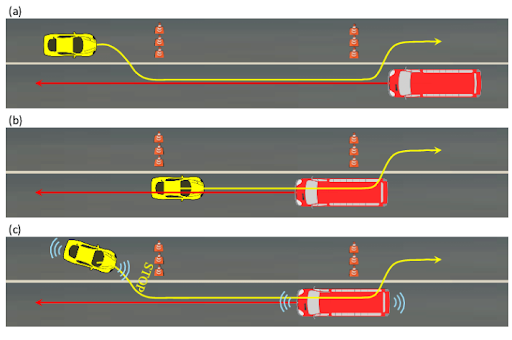
Thanks to wireless technologies, such as cellular networks, dedicated short-range communications (DSRC), Wi-Fi, Bluetooth, etc., driverless vehicles and autonomous driving systems can share information and coordinate actions with other road users, such as their location, speed, direction, intention, status, etc.
It can not only improve the situational awareness and predictability of autonomous cars and driving systems but also reduce the risks of conflicts or collisions with other road users.
Steps are being taken to set specific rules and guidelines governing the safety requirements and expectations for autonomous cars and driving systems.
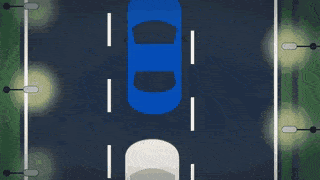
By establishing and enforcing safety regulations and standards for autonomous cars and driving systems, such as liability allocation, responsibility assignment, accountability mechanisms, safety certification processes, compliance verification methods, etc., the safety of autonomous cars and driving systems can be ensured and monitored consistently and transparently.
Autonomous driving is the future of transportation! It can offer great value to the auto industry, drivers, and society.
From changing how we move around our cities and towns to ensuring reduced traffic, increased traffic safety, and reduced demand for personal cars, autonomous cars or driverless vehicles can revolutionize the transport system and automobile industry!
But smart transportation using autonomous driving technology is not free of challenges and limitations,k at least not yet!
Along with improved autonomous driving safety measures and risk mitigation strategies, the future of autonomous driving may require some adjustments in how we use and manage our public spaces, to take the future of transportation to a whole new level.
Did you enjoy this detailed read about the future of vehicle safety in a world of driverless cars and smart highways? Then, check out our Blog section for interesting reads on the latest technologies, trends, and tips to boost your business!
Previous article
Joey Ricard
Klizo Solutions was founded by Joseph Ricard, a serial entrepreneur from America who has spent over ten years working in India, developing innovative tech solutions, building good teams, and admirable processes. And today, he has a team of over 50 super-talented people with him and various high-level technologies developed in multiple frameworks to his credit.

Subscribe to our newsletter to get the latest tech updates.